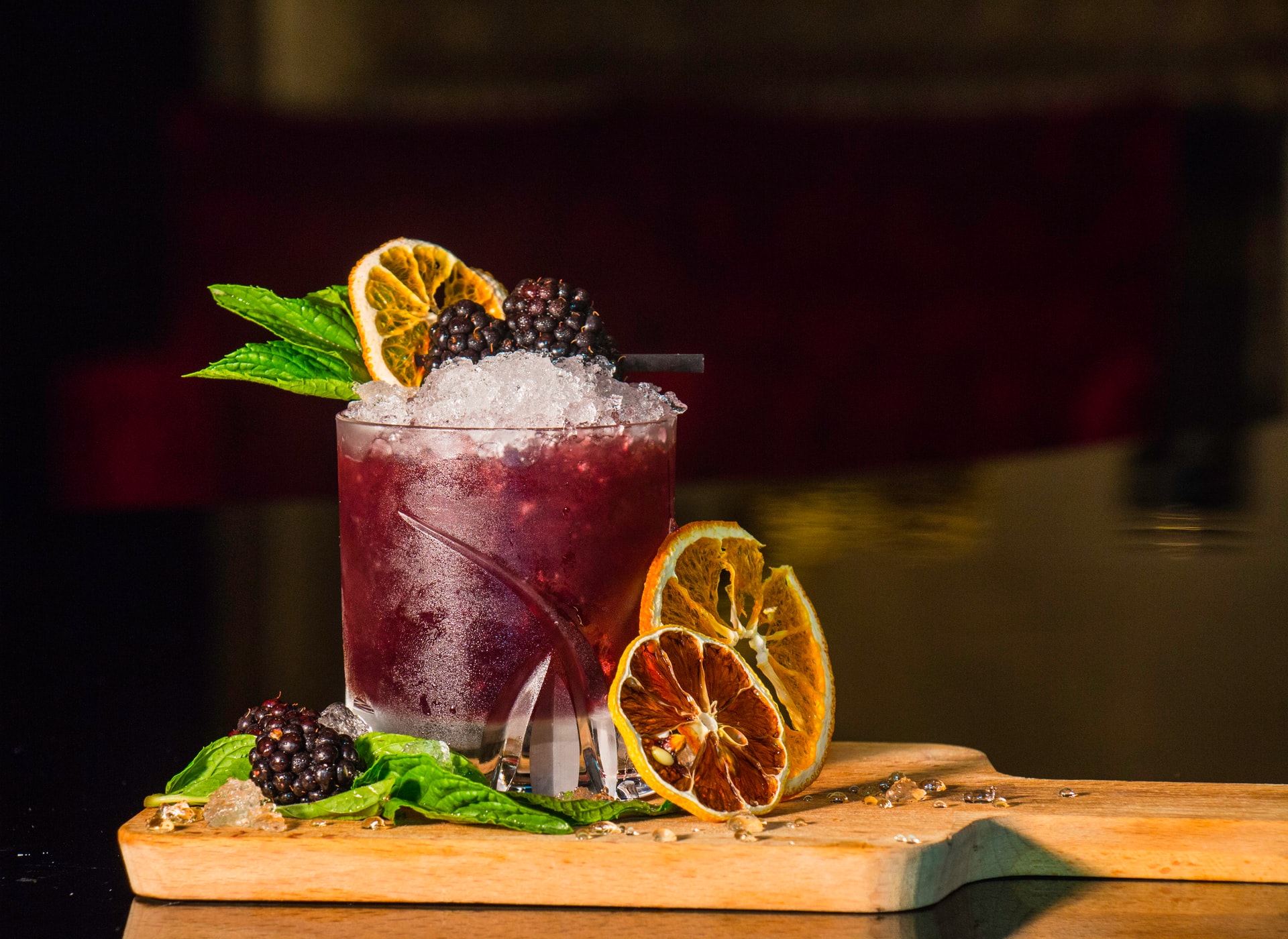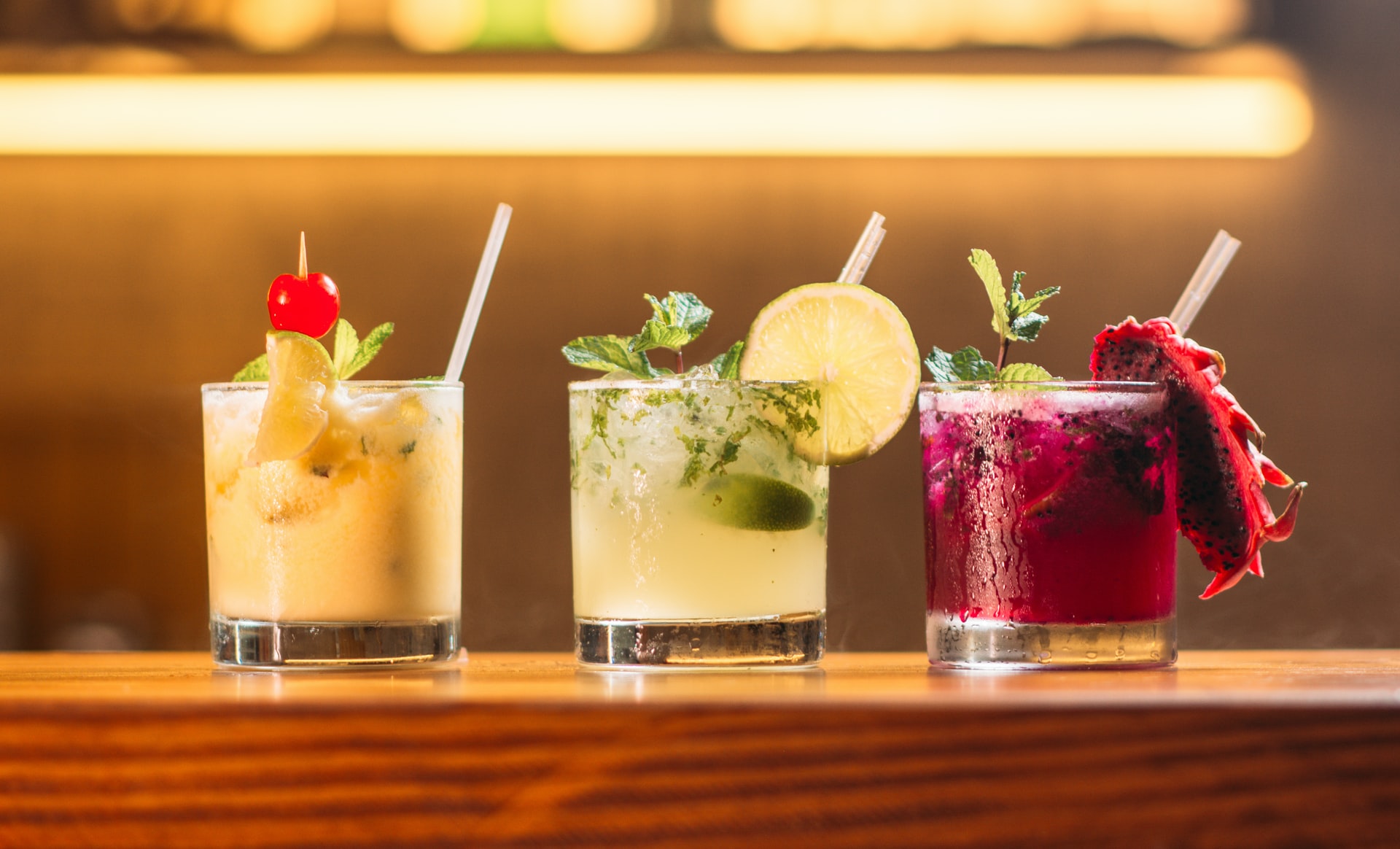A sharp paring knife is the best choice for small tasks such as cutting shallots or making orange segments. We spent more than 45 hours researching and testing knives on various fruits and vegetables to find the Victorinox 3 1/4-Inch Paring Knife the best value for money. It is sharp and comfortable, and usually costs $8.
Our pick
The Victorinox 3 1/4-Inch Paring knife is a popular choice for Cook’s Illustrated, Good Housekeeping and other publications. It’s also a favorite among culinary professionals in the industry. The blade is small enough to do delicate tasks, while the handle of this knife is extremely comfortable for handling in-hand tasks like shelling shrimps or hulling strawberries.
Wusthof Pro Paring knife
The knife has a comfortable plastic handle and a sharp blade. The blade is too short to cut through whole oranges and apples.
Options for Buying
*The price at the time of publication was $10.
The Wusthof Pro Paring Knife came in second. It was easy to use, thanks to its sharp edge, comfortable grip and ability for cutting through various tasks, including peeling apples, segmenting oranges, and peeping shallots. The Victorinox’s blade was 3 millimeters shorter than this one, so it couldn’t slice apples in one go. This would be a good substitute if our pick is sold out.
Upgrade
The MAC Professional knife is a heavy knife with a bolster and full tang. It also has a riveted Pakkawood hand. This knife is well-made and can be used for board work. However, it can also be dangerous for in-hand work due to its sharp edge and wider blade. This knife is the best choice if you want something more luxurious and that will last a lifetime.
 This should be done by who
This should be done by who
Every chef will agree that a paring knife is an essential part of any knife set. It is essential for in-hand work, which involves holding the object you are cutting on your board instead of resting on it.
Additionally, it can be used for smaller jobs that you don’t need a bigger chef’s knife. If your current paring knife is worn beyond repair, nicked or rusted, you should consider replacing it. The good news is that it’s inexpensive. The good news is that a paring knife costs less than $10 and should not cost more than $10. Paring knives can be quite simple, but there are many types.
European: This is a classic style that looks like a mini chef’s knife. It has a pointed tip and a curved belly. In some cases, it also includes a bolster with a riveted tang. The ideal length for this blade is usually 3-4 inches. This style is available in dropped-forged and stamped. This style is our favorite because it allows us do small jobs in hand and on the board.
Sheep’s feet: These 21 best paring knives resemble a miniature santoku. It has a round tip and an edge that is flush with the board. This style of paring knife is claimed by Kenji Lopez-Alt, Seriouseats. However, we find it restrictive as the tip isn’t sharp enough to be suitable for board work.
Bird’s beak is a style that has a shorter, more curved blade and is specifically made for turning vegetables. It’s a unitasker, so it doesn’t fit on the home knife strip.
Western-style Japanese: It is designed like a paring knife but has a less curving belly. These knives are often extremely sharp and can be dangerous to choke on for in-hand work. Japanese paring knives are made from harder steel which gives them a sharper edge. Keep that edge on your board.
How we selected and tested
A perfect paring knife should be sharp and have a pointed tip. The blade should be 3-4 inches in length and it should feel lightweight. A paring knife doesn’t have to be more expensive than $10. Stamped blades work just as well. These are only for small tasks like trimming green beans or mincing shallots.
Sharpness is essential. Sharper knives mean more control for the cook. These knives are best for small jobs. Your hand should be close to the blade. Sometimes, you may even be holding the object that you are cutting. It is important to have a pointed tip because you need to be able core a tomato or hull a strawberry. It is very difficult to accomplish these tasks with a round tip.
Sharpness is not as important as comfort. The handles should be easy to grasp; the blades should not be too hard to choke on. Because some tasks are performed away from the knife, it should be light. It is not fun to use a heavy knife while peeling 5 pounds worth of apples.
The right length blade is essential for a great paring knife. Cook’s Illustrated and my interviewees prefer a length of 3 to 3 1/2 in. It becomes difficult to perform in-hand work if the blade is longer than this. You can start to get into utility knife territory if you are able to reach 4 inches. You don’t want to cut too much, as you won’t be able to slice through an orange or apple in one piece.
A paring knife is not something you should spend a lot on. The best paring knives are inexpensive, plastic-handled ones that cost $10 or less. They’re a popular choice for home chefs as well as professional chefs. The Victorinox and the Wusthof Pro can handle small tasks just as well as their more expensive counterparts. They aren’t very sexy. This will not look right on your magnetic strip if you are a snob to high-end cutlery. We’re not here to fashion.
We asked Brendan McDermott from Kendall College, Chicago, which knife he prefers to use. He said that he is less selective when it comes to using a paring knife than his chef’s knife. The chef’s knife really is the key knife, and it’s the one I will spend more on. A Victorinox plastic handle, stamped knife is my favorite paring knife. A forged paring knife will be the best choice if you are looking to buy a set of knives and want the handles to match up. However, Victorinox is quite amazing.” Chef Levon Wallace agrees: “The classic Victorinox can do any task a specialized paring knives can.”
We decided to exclude Japanese paring knives from the test lineup when we wrote this guide in 2014. Although Japanese Western-style knives are popular among professional chefs, such knives require extra care and attention to maintain their sharp edges. Some knives have a unique style of beveled edges that require special expertise to sharpen. We thought we’d add the MAC Professional, Global paring knives (both with Western-style even bevels) to the 2016 update to compare them with the more expensive alternatives.
We settled on eight total samples that met all our requirements. They were all European-style knives, except the MAC or the Global. The knives in our testing line have a fine tip, and each knife has a 3-3 3/4 inch blade. Five of the eight knives are below $10. Two German-forged knives cost around $40 each. They were the most expensive knives to make it into the test sample. We put the knives through several tests to get a better idea of their strengths, and weaknesses. We peeled, cored, and cored an apple with each knife. We also peeled, segmented, and hulled strawberry berries. These tasks are common and demonstrate a knife’s ability to work with a knife both in hand or on a board.
Victorinox 3 1/4-Inch Paring Knife
Since 2014, the Victorinox 3 1/4-Inch Paring knife has been a favorite of ours. The handle is extremely comfortable. It feels almost seamless where the handle and blade meet. Victorinox’s pointed tip makes it easy to pierce the skin of vegetables and fruits with ease. It is ideal for in-hand and board work. The blade measures 3 1/4 inches. The thin, stamped blade made it easy to use and was quick to handle delicate tasks. It is less than $10 and has received rave reviews from both culinary professionals and publications.
The knife is easy to use for in-hand tasks like hulling strawberries. I was able to remove the hull with ease thanks to the pointed tip and sharp blade. These characteristics were crucial for the shrimp testing. It was simple to insert the knife in the shrimp’s head and pull the shell apart with the knife. Because you were holding the knife in an unusual position, instead of pulling down, this test tested your control.
Victorinox’s razor-sharp edge makes it easy to get a perfectly minced shallot all the way to its root. Sharpness is important for in-hand working, as sharpness equals control. And control equals safety. No matter how big or small your knife, a dull one can quickly send you to the ER.
The thin blade was very smooth in peeling an apple. It slid the skin off of the fruit in a continuous spiral and took very little flesh. The MAC knife was sharp but had issues with control. The MAC knife was able to extract more apple flesh than other knives. The handle was longer than the heel, which made it more difficult for testers to cut their hands if they choked on the knife. The blade length was long enough to cut medium-large apples in half. I also had good control over removing cores from quartered sections, whether they were on the board or in my hand. The Victorinox was able to cut the orange’s peel and pith in one smooth motion. Sharper blades, such as the Chicago Cutlery knife, could slice through the flesh with a more angular motion. The Victorinox was also able to effortlessly slice through the orange for supremes, which are skinless segments of citrus.
The heel of MAC is much wider than that on Victorinox and Wusthof. This makes it a bit more difficult to eat the blade. Photo: Michael Hession
You won’t find a better-performing knife for the price. You can spend your money in better places, such as a chef’s knife. This knife is a great choice for those who want to be like the pros.
Flaws, but not dealbreakers
The Victorinox knife will not provide the same level of service as a knife made from harder steel, with a riveted handle or full tang. You can purchase six Victorinox knives in 30 years, for the same price as our upgrade choice.
 Wusthof Pro Paring knife
Wusthof Pro Paring knife
The knife has a comfortable plastic handle and a sharp blade. The blade is too short to cut through whole oranges and apples.
The lightweight, agile Wusthof Pro is a good alternative. It came in second place in our testing. The blade is sharp and has a pointed tip. It costs $2 more. It has one real flaw: The blade is 3 mm shorter than the Victorinox, making it difficult to cut oranges and apples with just one stroke.
It was praised by its ability to peel an apple and mince shallots. It was able to cut orange supremes with ease, without requiring any back-and-forth saw movements. However, the blade was too short to cut an apple as fast as the Victorinox.
Upgrade: MAC Professional
The MAC Professional is the right choice if you want every knife in your collection to look elegant and beautiful. The knife features a full tang, a bolster and a riveted Pakkawood hand. It is a great choice for board work because of its sturdy, heftier design. It minced shallots perfectly and smoothly, maneuvered around curves of oranges with precision, and easily cut an apple into thin, coreless slices. It excelled on the board but we were wary about cutting ourselves with its sharp heel when doing in-hand work. This shouldn’t be a problem if you do mainly board work.
The MAC Professional is made of molybdenum-high-carbon steel and has a razor-sharp blade that will impress even the most jaded chef. This knife is quite costly, but it will last a lifetime if you take care of it and sharpen it regularly. Although the Pakkawood composite handle will not melt when it comes into contact with hot pots, it will be warped in the dishwasher. This knife should be treated as a chef’s knife. It can be washed by hand.
Maintenance and care
Neglecting to properly care for knives can cause them to become dull. It’s not difficult to take good care of your knife. Your knife will last many years if you follow these guidelines.
Please stop putting your knife in a drawer. It rubs up against metal objects and gets scratched, making it duller. It can also be damaged by other metal objects, such as a small knife. A magnetic strip is a great option for knife storage. It’s small and compact, which is why I own one.
A honing knife is a great way to keep your knife razor-sharp. Regular use will prolong the life of your edge. If your knife is not as sharp as it should, you can run it on a steel. There is no set rule or formula for how often to sharpen your knife. However, once you can see how sharp your blade looks after honing, then you will be able to use a stainless steel almost every time that you cook. Are you unsure about how to use a knife or if it is safe? This video is very instructive.
Honing your knife doesn’t mean sharpening it. It’s more about maintaining its edge. The knife’s edge can bend over time, which can make it appear dull. However, the edge might just need to be re-aligned. If honing is no longer effective, it is time to sharpen your knife. This involves grinding metal with a whetstone or taking your knives to a professional sharpener.
Please do not put your knives into the dishwasher. You can make your knives dull by putting them in the dishwasher. Although some knives may be dishwasher-safe, putting your knives in the dishwasher can still reduce their lifespan. Don’t leave your knives in the sink. They aren’t as stainless. Use warm soapy water to wash your knives and then dry them with a soft, clean towel.
How about serrated paring knives
For a few reasons, we didn’t test serrated knifes. While those teeth are useful for piercing the tomato skin or crust of small bread loaves, chefs will find that a serrated knife is inadequate for delicate herbs and even minced shallots. Brendan McDermott, a knife skills instructor, mentioned serrated knives to me when we talked. He dismissed them as something bartenders use on their stations to cut through large quantities of citrus.
If you are looking to add one to your set, the Victorinox serrated Paring knife is the best choice. Christine Cyr Clisset, wirecutter editor, has recommended this knife before and I wholeheartedly agree with her recommendation. Victorinox’s serrated paring knife has become a staple in my kitchen, whether it is for cutting citrus or small baguettes, or even for preparing leftover cold steak for snack. It is also great for outdoor cooking and picnics. A Victorinox serrated Paring knife is a great tool for camping.
The competition
After some comments, we tested the Opinel 8 – centimeter paring knife. The Opinel is a smaller, thicker, more robust knife than the Victorinox. The Opinel blade was sharp but it wasn’t long enough to cut through an entire apple in one piece. Our top pick couldn’t be cut through with the thicker blade. We couldn’t grasp the Victorinox knife’s plastic handle with its bulkier, wooden handle as well as the Opinel model.
The Wusthof Classic is razor-sharp out of the box, but it loses its edge quickly. It’s still a great handle. However, is not as sharp as the MAC.
The Global 3-Inch Paring knife is a great choice, but the handle is a bit too difficult to grip. It was a good knife, although it wasn’t for me. Wirecutter kitchen writer Michael Sullivan thought it was too heavy. It is polarizing because of its dimpled handle. The blade is also quite short. The Global was a master at orange supremacy. I would use this knife if I were required to cut a whole case of oranges every week.
The handle of the Mercer Millennia Paring knife is just too large. It made it difficult to do in-hand work. Because the edge was not very sharp, cutting was more like slicing than sawing.
The OXO GOOD GRAIPS paring knives was acceptable. The handle is comfortable and easy to hold, but the blade was not sharp enough for us.
The Chicago Cutlery offering was the worst performer in the 2016 testing lineup. It was difficult to operate and dull. It failed all tests.
The Wusthof Gourmet paring knife is stamped. Although it felt a little fragile in the hand, the sharp tip was able to slip under shrimp shells and hulled strawberry with ease. However, the blade was not very smooth. The apple peeling process was slow and the shallot mincing was difficult.
 The Zyliss Paring knife with sheath is huge. It’s difficult to choke on the blade. It was able to take large sections of strawberries. It was also difficult to cut through the shells of shrimp and peel an apple. This knife would be great for a picnic knife or office desk knife. It is easy to transport thanks to the plastic sheath. This is an excellent choice if you only need to cut up cucumbers or cheese for lunch.
The Zyliss Paring knife with sheath is huge. It’s difficult to choke on the blade. It was able to take large sections of strawberries. It was also difficult to cut through the shells of shrimp and peel an apple. This knife would be great for a picnic knife or office desk knife. It is easy to transport thanks to the plastic sheath. This is an excellent choice if you only need to cut up cucumbers or cheese for lunch.
The Mercer was also affected. It produced orange segments that were sloppy and torn. The action of peeling an apple was slow and jerky. There was lots of flesh attached to the skin. The handle was heavy and difficult to grip. It was too heavy to hold onto. We do not condone or recommend throwing sharp objects. The basil test failed as well. The cuts were crude and imprecise.
The DexterRussell has an extremely sharp tip and a slightly less curving blade. However, the edge is not smooth for smooth slicing. Although the DexterRussell’s handle was a bit more ergonomically designed, it was not as comfortable as the Mercer. It was able to produce an apple with gouged flesh and orange segments that were not as clean as the Mercer. However, it was extremely efficient in cutting through shrimp shells or hulling strawberries.
The J.A. The J.A. Henckels Four Star 3 Inch was only adequate. It was the most blunt of all the test subjects and required a little more pressure in order to penetrate the tomato skin. It was also more difficult to cut herbs and peel apples with the duller blade. The 3-inch length was perfect for in-hand work but was too short for board work.
The Kuhn Rikon 4-Inch picnic knife is best described as a basic one. These are very popular gifts and I keep a few in my drawer. It’s not something I use to cook with, but to take to the beach or to the park.
The Wusthof Classic Ikon has a different handle shape and is approximately $10 more expensive than its Classic sibling.
The Kyocera 3-inch White Ceramic knife can be very fragile. The blade is very fragile and you can’t bend it. We wanted a knife that would be durable and last many years.

